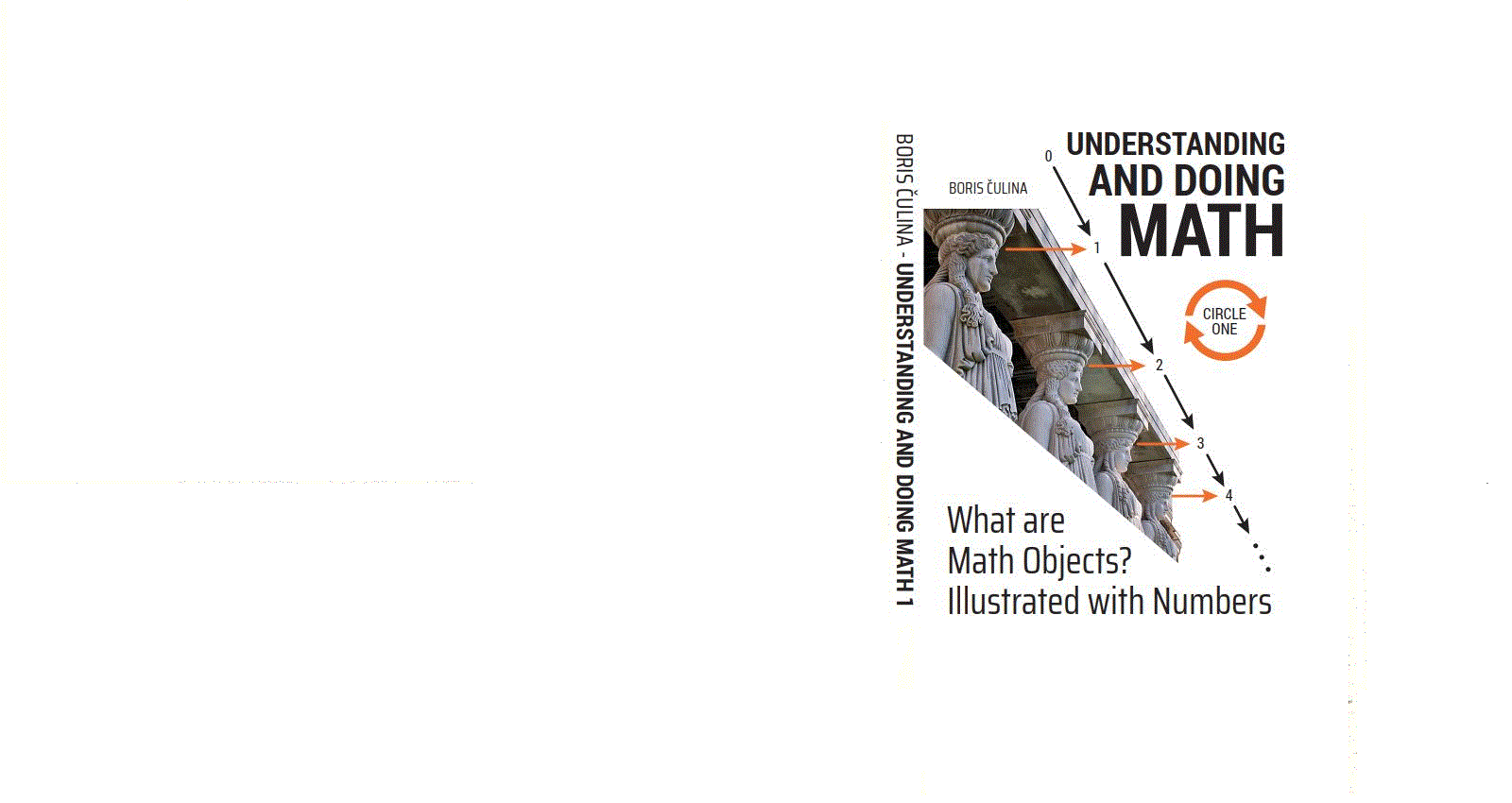Understanding and doing math has been present throughout my life. It is a title that expresses the basic conception of this site. It is also the common title of a series of books I am currently writing. The books are intended for those who are not satisfied with their understanding of math. This dissatisfaction can be a great driver for achieving better understanding. But it doesn’t go without doing math. The first book in the series has been published and is available on Amazon
To learn more about the concept and content of the series of books with the common title Understanding and doing math visit the page Math Circles.
Not only is there no royal path to mathematics, as Euclid said long ago, but there is also no common path to mathematics. The beauty of knowledge is that on the one hand, it is objective, so we can transfer it to each other, while on the other hand, it is subjective, so each individual adopts it and incorporates it into her life in her own way. Excerpts from the first book are given on the page Math Circle 1, where the interested visitor can best identify whether that book and the books that will follow support his path of learning math.
I am the author of a dozen math books, mostly for undergraduates and elementary school. You can find out more about them on the page Other Books. They are written in my native language, but the books intended for undergraduates might be translated into English in the future.
I taught mathematics at all levels, from elementary school, and high school, to university level and in continuing education. I didn’t teach math only in kindergarten. But now I have two grandchildren, so I will gain that experience as well.
You can find some materials for learning mathematics and about learning mathematics on the page Teaching Math. They are mainly in Croatian for now, but I intend to translate them into English in the foreseeable future.
In particular, I would like to point out the material in English on the education of the youngest. I believe it makes a significant step forward in relation to today’s education of the youngest, which is very bad and harms children. You can find it on the page Math for the Youngest.
My thoughts on mathematics are mostly related to the very foundations of mathematics. Thus they naturally enter the realm of logic and philosophy. Lately, I am returning more and more to my first love, physics, so now I mostly write articles related to the foundations of physics. All are written in English, some have been published in journals, and some are awaiting publication. They are all put on the page Understanding
It is a common belief that mathematics is a science. For me, it is first and foremost an art, the art of creating usable concepts.
May not music be described as the mathematics of the sense, mathematics as music of the reason?
James Joseph Sylvester (1814 – 1897)





